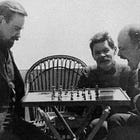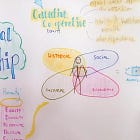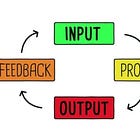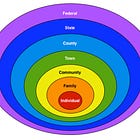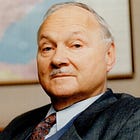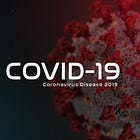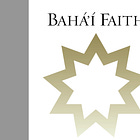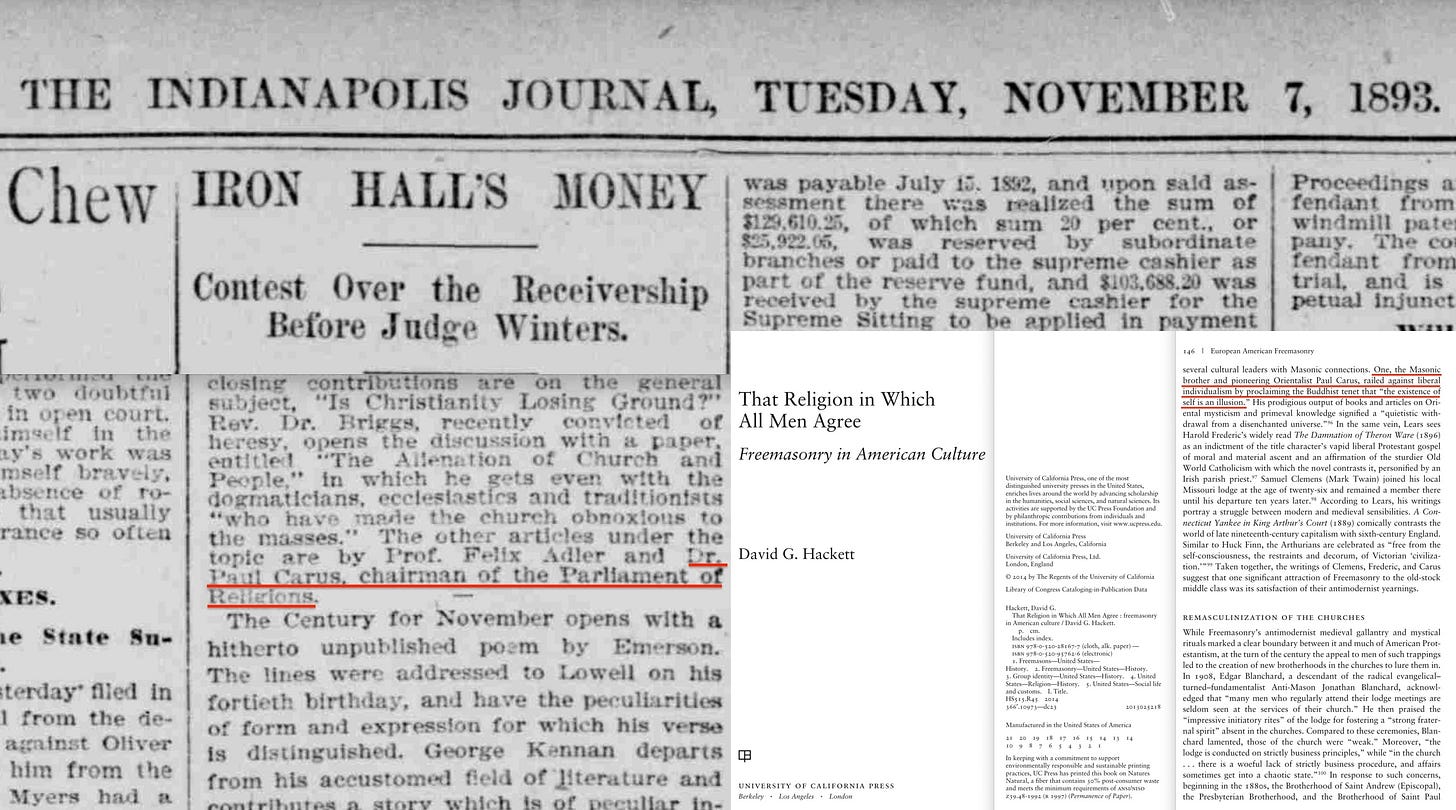Meta-objectives are tied to the alleged meta-crisis, for which David Tabara’s 2002 Cultural Frameworks are positioned as part of the solution. What strikes me, though, is his capitalisation of 'sustainability' — which is clearly not accidental. Because without sustainability, humanity will not flourish… if you go by their line of reasoning.
Because with it being treated as foundational, even sacred, everything else — including the former three meta-objectives of freedom, equality, and fraternity — essentially rests upon a future guaranteed through sustainability.
Tabara’s paper was discussed previously. He proposes a system controlled top-down through computational models and sustainability science. But the elevation of sustainability to the highest level of concern is significant, because in the context of this being part of a framework for Cultural Engineering — though Tabara prefers the term 'Cultural Framework' — this isn’t culture in the expressive sense. It’s not art, story, or inherited tradition emerging gradually from the bottom up. Rather, it’s regulatory, directive — sets of quasi-operating instructions for a Collective Consciousness.
This, incidentally, aligns closely with Bogdanov’s Proletkult — only here, the emphasis is on ethics. A compounded ethic, in fact, is what you get when you bundle all of Tabara’s meta-objectives into one overarching meta-narrative — a universal moral framework, Hans Kung’s Global Ethic.
Now, Tabara deals with not one but three dimensions1: the temporal, the spatial, and what he calls the 'natural and moral'. But really, that third one is an objective–subjective overlay — it’s a perspective. And these three dimensions aren’t random. They mirror, almost exactly, the structure of Wilber’s Integral Meta-Theory2. The third axis Wilber introduces — beyond the classic AQAL internal–external and individual–collective — is precisely that perspective between objectivity and subjectivity.
Wilber’s horizontal is internal–external: what is, versus what ought. Present versus possible futures. Whether or not to act at all — ie, this relates to Tabara’s temporal axis. Wilber’s vertical is individual–group which subdivides, fractally. Every individual is also a group; a system composed of subsystems, where each subsystem corresponds to an individual which could in turn have subsystems of its own (think of a village, in which a family is a unit of that group, but which also subdivides into individual family members on its own) — i.e. what Koestler essentially described as a holarchy3. Within any group, each member is both a unit and a whole. And this fundamentally aligns with Tabara’s spatial axis.
That means the individual system governs its own group of subsystems, each of which may in turn have systems of their own. Governance, then, becomes a question of recursive management. Now, if that individual system is aware of its position within a supersystem — that it is itself nested within something larger — that awareness triggers a shift in management style. Without awareness of the supersystem, management hovers somewhere between objective and subjective, operating largely within the realm of first-order cybernetics. But once that awareness emerges, the style shifts towards second-order cybernetics4: feedback becomes reflexive, and the system begins to govern itself through the lens of self-observation.
The management of a unit within the group (say, a family within a village) becomes a matter of give and take — distributive justice versus contributive justice — where this differential relates to an equity position. Should this be respected by an individual unit (the family), then it is said that it lives with dignity, and thus contributing to the common good. But should it fail to do so, then… well, then its contributive justice is up for grabs — perhaps even its legal protections. Or we could alternatively describe distributive and contributive justice as rights and responsibilities, or even powers and duties, per the ever-subversive Fabian Society in 20225.
Yet mastering both levels of cybernetics — first and second — demands knowledge. And knowledge, in this model, is acquired gradually through what is often mapped as an 8-stage spiral. Clare Graves and Don Beck charted this progression in Spiral Dynamics. What that spiral primarily tracks is the evolution of ethical cognition — external, layered ethics, second-order objectives stacked on top of primary ones.
And this is precisely where adaptive management enters the picture — constructed on the spine of General Systems Theory. GST, by itself, doesn’t account for external objectives, but Churchman’s Systems Analysis does. Churchman made it explicit: ethics is an external constraint.
Adaptive management runs on feedback loops and input–output analysis — classic cybernetics. But it doesn’t stop at systems logic — in the context of Churchman, ethics is framed as a structuring agent. The system doesn’t merely function; it should function in a certain way. And these ethics — they’re stackable. Every system imposes its own external requirements on its subsystems, which in turn do the same further down the holarchy. So every task, every assignment, carries an ethical payload handed down from higher up the chain.
This stack of ethics becomes a hierarchy. And in that sense, Wilber’s notion of expanding consciousness maps directly onto the structure of compounded ethics — what he frames as egocentric at the base, and planetary and cosmic at the top; the most important aspects of ethics, which can overrule every notion of what comprise ‘ethical correctness’ below.
You could even think of it in mathematical terms: Wilber’s six levels behave like a kind of Fourier transform. Cosmic ethics serve as the constant term. Planetary ethics as low frequencies. The higher one ascends the spiral, the higher the ethical 'frequency'. The aim? To produce the ethical actor. The moral agent. And this is exactly where Jonathan Haidt’s Moral Foundations Theory6 slots in — with its categories of care/harm, fairness/cheating, loyalty/betrayal, liberty/oppression, and so on. A compartmentalised model of moral reasoning, grounded in Wilber’s expanding levels of consciousness.
And if this all feels alien — if your brain instinctively rejects this overtly collectivist architecture — Gafni’s Your Unique Self7 offers a spiritual digestif, reframing the acceptance of this internalised structure as a personal awakening.
But what we end up with here is a fully integrated framework: Wilber, Haidt, Gafni, Graves, Beck, Tabara — all woven together through hierarchical ethics, with Tabara pointing back to sustainability as the linchpin.
This is the top-down architecture of Bogdanov’s human super-organism. The human hive — guided by systems theory, ethical recursion, adaptive management, driven by sustainability as the sacred telos. The catch? This entire thing can be run by AI.
Because systems theory, cybernetics, adaptive management, and ethics — these are computable concepts. A sufficiently advanced AI can execute them with mathematical precision — even if a machine doesn’t understand what it means to be human. Rather, it understands dot products, matrix multiplications, weighted outcomes. So it applies 'ethics' via code — sort of like a priest parsing moral law through an abacus.
Currently, we witness a frantic push to build global surveillance systems — feeding these models with real-time data. Digital Twins of entire societies, analysed through Black-Box systems to automatically calibrate feedback loops. Sure, we haven’t yet arrived at its logical conclusion, but we are moving there — fast.
What Tabara, Wilber, Haidt, Gafni, Graves, Beck and others have constructed is the internal architecture of this system. What we’re facing is a new order: algorithmically enforced ethics, recursively internalised, mediated through machine intelligence — where ‘discrimination’ becomes… whatever the machine says it is. The feedback loop dictates the outcome, with no possibility of human appeal.
In this world, humans become ants in the system. Leaves on a tree. And that tree’s trunk encodes Wilber’s ‘Cosmic Ethics’, from which all else flows. All of middle management? Gone. Outsourced to AI. Humans simply cannot compete. The system is way too fast, way too complex, with way too many dynamic variables requiring real-time adjustment — or the real-time ethics become computationally inaccurate.
Yet none of this is new. It was all predicted. Not by Brzezinski. Not by Huxley. Not even by Bogdanov — though he laid the groundwork. No, the clearest foreshadowing came from none other but Karl Marx — in the Grundrisse, specifically the little-known Fragment on Machines8. In it, Marx described a world where middle-class managers are automated out of existence, thus leading to the conditions that enable a tiny elite to rule unchallenged. Marx’s vision — later extended by Bogdanov — becomes a technocratic society ruled by the few, guided toward Teilhard’s Omega Point and Hubbard’s Conscious Evolution. And alongside Marx and Bogdanov, we find figures like Paul Carus, Hermann Cohen, Hans Jonas, Hans Küng, the Huxley brothers — philosophers, theologians, and architects of our projected ‘ethical’ world-order.
Bogdanov’s Tektology gave rise to systems theory, cybernetics, adaptive management — and now, digital twin simulations fed by live-streaming surveillance satellites, used to predict and control human behaviour, not least visible during the alleged pandemic. That’s the external scaffold. But internally, humanity had to be reshaped as well. And that’s where Wilber, Haidt, and others enter the frame, while the likes of Hermann Cohen, Martin Buber, Emmanuel Levinas, Hans Jonas, Hans Küng built the spiritual chassis.
The metaphysics is complete. The map is drawn. Governance traces back through the UN, the League of Nations, Alfred Zimmern, Leonard Woolf, GDH Cole, Eduard Bernstein — and ultimately, to Julius Wolf. Wolf’s 1892 gold-clearing system birthed the foundational logic of the BIS, while Bernstein built public–private governance for the ‘common good’ atop it. Woolf scaled that through International Government. Zimmern institutionalised it through the League. The United Nations merely extended its architecture.
Guild socialism at planetary scale. Stakeholders in control. Subsidiarity as a veil.
And the financial system followed the exact same blueprint. Central banks and international development finance, structured atop BIS principles, cloaked in the rhetoric of equity. A global courtroom — with the central bank acting as judge — arbitrating every financial dispute between the ‘oppressor’ and the ‘oppressed’.
Bogdanov didn’t just anticipate this — he designed it. A dialectical architecture for judging all societal struggle through empiriomonism, which later became the template for Frankfurt School Critical Theory. Man versus woman, young versus old, black versus white — Bogdanov wanted to turn every sphere of humanity into a battleground, expressly to fuse in his principles of scientific socialism, controlled through a dominance over the control of information. Bogdanov didn’t care who owned the means of production, because he realised that true power resides with those who dictate the regulatory landscape and means of carrying information.
And the Frankfurt School, global finance, and global governance all converge around a single method of control: stakeholders dictating the ‘common good’. And Albert Pike’s 1871 Morals and Dogma9 makes the symbolic alignment clear — the 33rd-degree Mason is the one who masters equilibrium. Aristotle’s Golden Mean10. Plato’s Philosopher Kings11.
So who are these Philosopher Kings in contemporary terms? Central banks and global NGOs — deciding the ‘common good’ through the weighing of ethics, balancing the world through algorithmic means, and thus engineering what one might call the level 33 equilibrium.
But in November 2023, the Fabian Society said the quiet part out loud. In In Tandem, they formally proposed the merger of NGOs and central banks under the shared banner of the ‘common good’ — the EPCC. A technocratic politburo by another name. Fiscal authority quietly transferred from elected parliaments to unelected mediators. And once you dig deeper, you quickly arrive at Positive Money, carbon-linked CBDCs, and the return of Technocracy Inc.’s Energy Certificates — an inversion of carbon emission backed CBDCs
It all loops back to a single man — Julius Wolf — and a single institution: a global central bank headquartered in Basel, ultimately responsible for issuing and managing all credit. The NGOs are allowed to influence the debate, but he who has the gold makes the rules.
In 1844, the Bank Charter Act12 granted the Bank of England a gradual, phased monopoly over the issuance of currency — gold-backed, of course. It marked the beginning of monetary monism. A few years later, Marx and Engels penned the Communist Manifesto13, calling for the centralisation of credit in the hands of a state-controlled central bank — two threads, same logic.
Meanwhile, in 1892, Julius Wolf outlined a model for international public–private cooperation, structured around a global gold clearance mechanism. That same model — almost verbatim — was quietly embedded into the Bank for International Settlements at its founding in 1930, astonishingly negotiated at the precise time where the markets collapsed in October 1929.
The BIS was created to sit in the middle, mediating creditor and debtor. Positioned not merely as a clearinghouse, but as a moral arbiter — lending gold from one party to another, charging interest along the way. But the gold they used to maintain equilibrium didn’t belong to them — it belonged to the taxpayers of the individual central banks who became BIS members. Consequently, not only did they mediate the tug-of-war, they charged interest on assets they didn’t even own.
That core principle of mediating in financial capacity — of standing above as a neutral supranational entity balancing opposing forces — was Wolf’s original design. The Marxist revisionist, Eduard Bernstein, picked up that thread in 1899, framing it as public–private cooperation for the ‘common good’ through his concept of ‘evolutionary socialism’. Leonard Woolf later merged that with GDH Cole’s revised guild socialism, internationalising the logic through his 1916 proposal for International Government published by the Fabian Society — a proposal Alfred Zimmern would then use as the blueprint for the League of Nations in 1919.
And that structure — public–private mediation under the banner of the ‘common good’ — carried through into the United Nations, where the General Consultative Status NGO became the designated mediator class. The new philosopher kings.
This is the architecture of our present governance: undemocratic, post-sovereign, mediated through ‘stakeholders’ operating under the falsely portrayed illusion of subsidiarity and regionalism. In practice, it dodges responsibility while concentrating power. And alongside this, another thread was evolving: systems theory.
Marx and Bogdanov — whose Tektology served as a precursor to general systems theory — were followed by Leontief (input–output analysis), Bertalanffy (GST), and Kenneth Boulding, who famously referred to an 'invisible college', actively steering us in this direction. Boulding then led to Churchman, whose integration of ethics into systems theory transformed it into systems analysis, woven into governance through the World Order Models Project (WOMP), the Club of Rome, and the rise of the Third System — stakeholder rule by CSOs and NGOs.
That Third System was first trialled in the Global South via the G77, under the banner of the New International Economic Order. Agenda 21 globalised it in 1992, and Reinicke’s Trisectoral Networks operationalised it by 2000.
Meanwhile, UNESCO and the World Academy of Art and Science incorporated Bogdanov’s Proletkult into their programming — though now, as Tabara frames it, it’s rebranded as ‘cultural frameworks’, dressed in the language of sustainability.
And everything is filtered through models — black box systems. Algorithmic decision-making guided by Digital Twins, fed by global surveillance networks — all processed through modelling frameworks you cannot interrogate, producing ‘truths’ you cannot contest and ‘ethics’ you cannot question — lest you stand accused of ‘endangering our collective future’.
This is the New World Order.
Top-down, recursive, moralised — and meticulously coded into everything: finance, governance, education, media, even your sense of self. And anyone who dares to challenge its premises is instantly labelled a threat — to democracy, to society, to our collective health, to the environment. And this entire system through claims of ‘our common good’ is absolutely, positively Cloaked in Care.
As for their ‘truths’? Well, as Paul Carus put it in his book, Religion of Science — truth must be judged in light of the eternal, not the contemporary. So if it becomes an eternal truth that the world is overpopulated, then sustainability demands a correction. The balance must be restored to equilibrium.
Incidentally, Paul Carus — who chaired the 1893 Parliament of the World’s Religions14, launching the so-called ‘interfaith movement’ — was a Freemason15161718. And in that same year, 1844, when the Bank Charter Act was passed, another development quietly emerged: a new religion, almost perfectly aligned with the entire governance trajectory that followed — the Bahá’í Faith.
So the real question isn’t whether there’s a pattern.
The question is how long we’ll go on pretending it’s all just a coincidence19202122.






